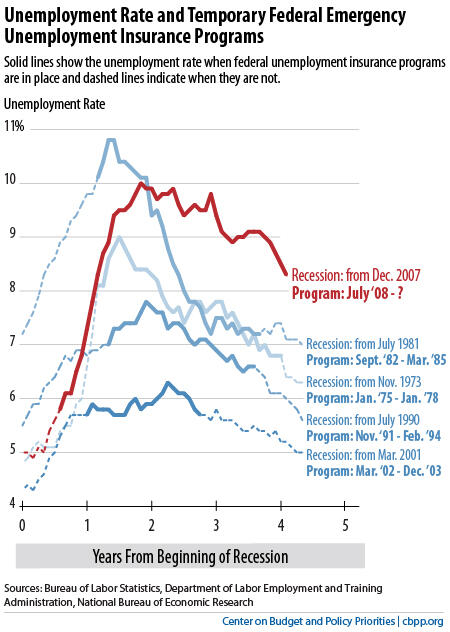off the charts
POLICY INSIGHT
BEYOND THE NUMBERS
BEYOND THE NUMBERS
Three Things Worth Remembering About Unemployment Insurance
Receive the latest news and reports from the Center
Despite the recent deal to extend emergency federal unemployment insurance (UI), the two parties hold very different views of unemployment insurance, as my blog post this week for US News & World Report notes. I highlight three points to keep in mind in future UI debates:
